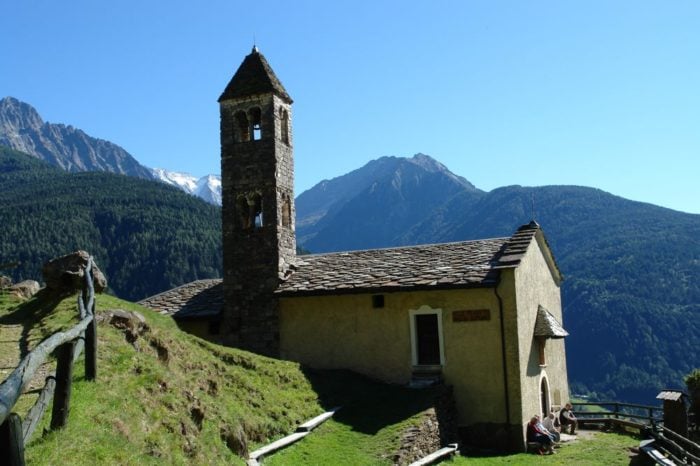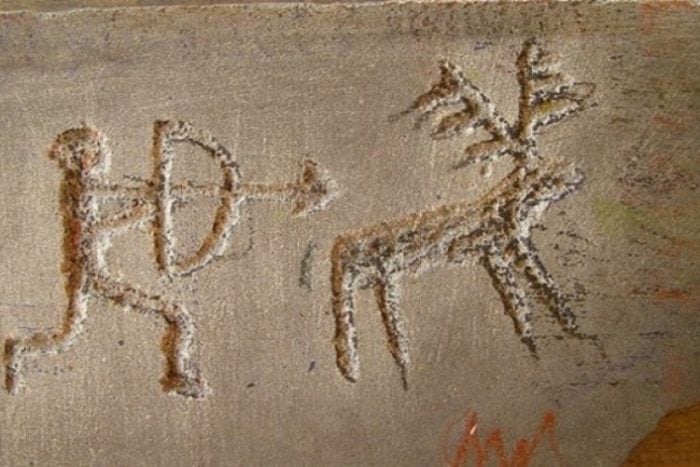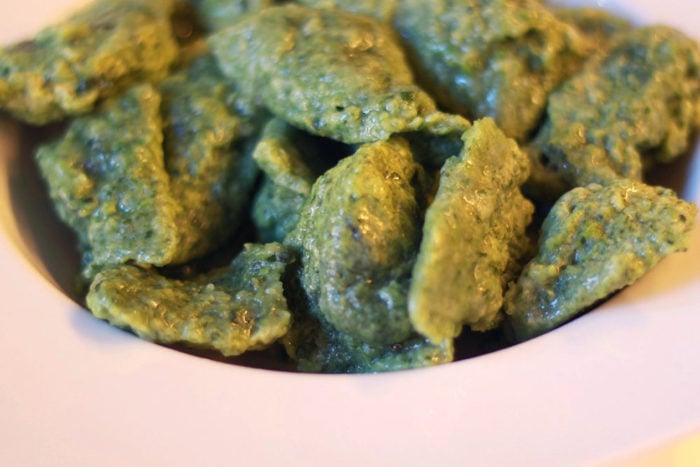
The biggest Brescian valley, it extends from Lake Iseo to the Tonale Pass where it connects with the Trentino region, through a path dug by glaciers in remote times: sometimes wide and green, sometimes a steep gulley running between rocky cliffs.
Two natural parks amongst the most important in the Alpine range – Adamello and Stelvio – a close network of tracks and refuges, three famous winter sports centres (Ponte di Legno-Tonale, Borno and Montecampione) and a series of well-equipped minor centres, summer skiing on the Presena glacier, the spas at Darfo Boario and at Angolo, a truly unique historical and artistic heritage in the midst of Alpine valleys: this is VALCAMONICA.
With such a great historical and artistic heritage, “La Valle” is also known as the valley of carvings because this is the biggest rock carving site in the world. Safeguarded by UNESCO as a world heritage, these carvings – with their designs, magic symbols, hunting scenes and maps – represent thousands of years of the Camuno tribes, the first to inhabit the valley and a unique case for their long-lasting presence.
The patrimony of rock carvings consists of more than 140,000 figures carved over a period of more than 8,000 years from the Epipaleolithic era to Roman and medieval times, and lie in an environment of supreme beauty. Most of them can be found in the National Park of Naquane in the Capo di Ponte district, but many others are scattered throughout the valley and numerous finds are still made today. One recurring figure in the rock carvings is that of the so-called “rosa camuna”, now the symbol of the Lombardy Region: its oldest representation is on a rock in the Crape di Luine reserve in the district of Darfo Boario Terme.
The Romans made Cividate Camuno their capital, constructing a theatre and amphitheatre, ruins of which can still be visited. The local archaeological museum conserves the beautiful statues of Minerva and the Hero Prince.

In Valcamonica, wood carving and sculpting is an ancient tradition, as can be seen from the altars, choirs and statues that have adorned churches for centuries, and the workshops still producing objects and furniture thanks to the skills of local craftsmen. The great era of wood carving in this area lasted from the 15th to the 18th century, with the families Ramus di Edolo, Fantoni and Simoni considered the most significant masters. The most important works can be found at the top of the valley in Edolo, Monno, Incudine, Stadolina, Canè, Ponte di Legno, Precasaglio, but Cerveno conserves one of the most significant examples of popular devotional art in the Alps.
The town lies at the foot of one of the most suggestive mountains of Valcamonica: “la Concarena”. Its considerable urban structure is enriched by the artistic unicum of “Via Crucis”- 14 chapels housing, under the form of episodes, 198 wooden and stucco statues of natural size. The Sanctuary is linked with a grand expression of popular devotion and every 10 years, repeats the ritual of the “Santa Crus” with re-evocations of the Passion of Christ.
Churches, and parish churches rich in frescos and works of art can be found everywhere inValcamonica, each hiding some artistic treasure. One of the most important is Convento Santuario dell’Annunciata di Piancogno with works by Pietro Da Cemmo and Paolo da Cailina. At Esine we can find the church of Santa Maria Assunta with its splendid vividly-coloured frescos. Pieve di San Siro conserves its austere Romanic atmosphere and also the monastery of San Salvatore at Capo di Ponte. Bienno lies at the centre of an idealistic Romanino path that, from Lake Iseo ascends to Breno, recalling the intense painting activities of one of the most famous Brescian artists. Splendid are the frescos by Paolo da Cailina the younger in the church of San Giovanni Battista at Edolo.
Many are the excursions to be made on the Valcamonica mountains: from easy walks through uncontaminated nature to itineraries at high quotas from refuge to refuge, from the efforts of rock climbing to Alpine skiing – an embarrassing choice for mountain lovers. Not to mention the two biggest natural parks – Stelvio and Adamello – where excursions can be made in natural surroundings considered the most beautiful and imposing of the Alpine range – on Mortirolo, in the Grom Valley, in Val Grande, in Valle delle Messi, in Val Canè, in Val Malga.
In the heart of the Adamello Park, Valsaviore is one of the most interesting areas from a naturalistic point of view and always appreciated by alpinists. From Cevo and Saviore, it is possible to reach Valsalarno and the il Prudenzini refuge, classical stopping place before facing the ascent of Pian di Neve on Adamello.
Valcamonica also offers excellent spa facilities. In fact, it was spa holidays that made the area important in the growth of tourism. Documented since 1496, and made famous thanks to the preference by Alessandro Manzoni, the spa waters of Boario have always been used with great success, especially in the cure of liver and digestive disorders. A huge park surrounds the spa with health trails and a modern wellness centre to complete the offer of this locality abounding with welcoming reception services. More specifically suitable for families is, instead, Angolo Terme where – enclosed by splendid greenery – the spa also offers numerous sports opportunities.

Valley cuisine is naturally based on mountain products. Ancient stock raising and grazing guarantee the production of excellent cheeses with unforgettable tastes, as well as cured meats including sausages and the “violin” of Valcamonica – a delicious “ham” obtained from the leg of young goats, lambs, chamois or roe deer. Cuisine is essential, but with rich flavours offered by trattorias, restaurants and holiday farms where traditions are still conserved. Among the dishes to be tasted, we recommend the casoncelli, recipe for which is handed down from generation to generation but varies from one locality to another. Special attention has been paid to the recovery of the traditional flours obtained from rye, chestnuts and buckwheat (“pizzoccheri” and “polenta taragna” – n.d.tr.). Another speciality is the sweet Breno bread known as “spongada”.
Much appreciated are the grappas, spirits and digestives produced with alpine herbs. Traditionally, Genepì – an infusion of Arthaemisia glacialis, a tiny plant that grows among the rocks on the glacier. Excellent infusions are also obtained following the ancient herbal tradition.